If you’re moving or bringing home a new dog, it’s important to take careful precautions to make the home a safe space for your pup(s).
And even if you’ve had a dog for a while, it won’t hurt to take a peek at this list so you can update any areas of your home that might pose a risk to your four-legged family member.
Key Takeaways
- It is important to puppy proof your home and make it safe for your new furry friend. This includes removing loose rugs or carpeting, and establishing a safe sleeping space.
- Dogs are attracted to household chemicals, electrical cords, and plants. Be sure to keep these things out of reach to avoid any accidents
- Store human food and medications safely out of reach, and use non-toxic cleaners throughout your home.
- Proper training is the best way to protect your dog from danger. The Dog Calming Code™ can help you communicate with your dog in a way they will understand
Pets are integral members of our family, and just like children, we want them to be happy and healthy at home! But we often ignore common dangers that could pose a serious threat to our dog’s well-being.
And if there’s one thing that I care about most…it’s safety.
Safety for you and other people living in the home…safety for guests that enter your home…and safety for all pets who call your house a home.
And you’ll have peace of mind that your dog can’t injure himself or get into anything dangerous even when you’re not watching. This will help your relationship with your pup flourish because you can trust that they’re in a space that is comfortable and secure (and they’ll definitely appreciate it!).
If you’re adopting a rescue pup, I have some tips on how you can acclimate them into your home, and the first step is setting up a safe space!
If you have a puppy who just couldn’t stop running around exploring every corner of your home — including parts you consider dangerous for your dog to be in — puppy training can teach your pet about boundaries and safety.
Dogs Are Playful, Adventurous Creatures – They’re Not Naturally Inclined to Behave
When you have a new dog at home, you will immediately notice how playful they are. One moment they’re in one corner playing with something, and the next thing you know, they’re already chasing a toy or another pet. This massive burst of energy can surprise new pet owners enough for some to ask if their new dog is too much. When we expect our dogs to behave immediately, we set ourselves up for disappointment, always wondering if we’ll ever have the perfect dog. Fortunately, when you have established your bond with your dog, you can train them to behave in a way that’s safer for your house, the people in it, and the pets that live with your dog.The thing about dogs is that it’s in their nature to explore through playing, running around, and trying stuff around them. It’s how they discover what things are good and which ones are off-limits.
Understanding canine nature helps us set the proper expectations and makes us more conscious of the hazards in our home that might harm our perpetually curious dogs!
Something that seems seemingly harmless to us can be dangerous to our pets.
Household Items That are Considered a Safety Hazard
Pets are integral members of our family, and just like children, we want them to be happy and healthy at home! Parenting new dogs is similar to parenting children — keeping them safe matters.
But we often ignore common dangers that could severely threaten our dog’s well-being.
If you’re moving or bringing home a new dog, it’s essential to take careful precautions to make the house a safe space for your pup.
And even if you’ve had a dog for a while, it won’t hurt to take a peek at this list so you can update any areas of your home that might pose a risk to your four-legged family member.
#1: Household Chemicals
Dogs are drawn to the scent and taste of household chemicals like antifreeze and windscreen washers. The more these household chemicals are within reach, the higher the risks are for your dogs.
#2: Electrical Cords
The rubber coating of electric cords is especially inviting to dogs who might need relief from teething. If you have dogs that are in the process of teething, you have to keep an eye on the electrical cords and the electrocution hazards they pose.
↓Download 11 Best Chews Toys PDF Here↓
#3: Balconies and Windows
When dogs are so deep in their play, they might not quickly notice the danger of being so close to balconies and windows. A fall is always a risk if you have open windows and balconies.
#4: Plants
Since some dogs are drawn to churning down grass, your plants can also be considered hazards. Some decorative house plants are poisonous to dogs. Indoor plants including spider and elephant ear plants, and outdoor plants like ivy and oleander are also dangerous when ingested by dogs.
#5: Batteries
Look for batteries lying around — whether used or unused — as they can result in serious burns and heavy chemical poisoning when ingested by dogs.
#6: Medicines
Human medicines such as ibuprofen and paracetamol are deadly for your pet. Even vitamins pose the same hazards.
#7: Plastic Bags
Plastic bags are also a favorite of dogs to play with. Unfortunately, these plastic bags come as the biggest and most common reason for choking accidents in dogs.
#8: Coins
Just like plastic bags, coins lying around the house can be a major cause of accidents.
#9: Washing Machines and Tumble Dryers
When washing machines and tumble dryers are left opened, dogs might come inside and get trapped.
6 Ways to Dog-proof Your Home Inside and Outside
As dog owners, we want nothing more than to ensure that our dogs are safe every moment. We just want to keep our eyes glued to them so they won’t run into any hazard.
If only that’s possible, right?
In reality, we have to also do other things, thus, we’re not always able to have a close watch of our dogs.
The good news is that apart from obedience training, there are simple but really effective safety precautions you can make that will give you extra peace of mind should you leave your dog unsupervised.
Check out the list below.
Safety Tip #1: Remove Loose Rugs or Carpeting
If you’re bringing home a new puppy, they’re probably not potty trained just yet.
You can expect that your precious pooch WILL have an accident somewhere in your house, and rugs and carpeting provide the perfect opportunity for your pup to relieve themselves.
Simply rolling up rugs and carpeting for a bit can make cleanup a whole lot easier for you, and can prevent the buildup of bacteria.
The truth is that rugs and carpeting can get very dirty. Hair and bacteria can get caught in the fibers and pose potential health risks to your pets and other family members.
Just imagine if your pup walks on a rug with dirty paws and it isn’t properly cleaned up and then your child drops a piece of food on the rug and eats it. YUCK!
And if anyone in your household suffers from allergies, the fur trapped in the rugs can make it even worse.
Keep a safe and sanitary space for everyone by removing loose rugs or carpeting around the house…
…and make it a regular practice to clean any carpeting that you can’t take out.
Safety Tip #2: Create a Safe Sleeping Space or a Safe Room for Your Dog
Where will your dog be sleeping?
You should answer this major question before bringing home a new puppy. Because a safe sleeping space can help everyone get a better night’s sleep!
Will your dog be sleeping in a crate? Or will they have a designated room where they can relax?
Either way, you’ll want to ensure your dog is comfortable.
You’ll need a crate that allows your dog to stretch out and put a comfy blanket or mat inside.
If you’re making up an entire room for your pup, it’s a great way to keep your dog contained while also giving them the freedom to rest or play. Make sure they have an appropriately sized dog bed with a few safe toys and blankets.
Check out another blog I wrote on setting up safe sleeping space for your dog.
When your dog has their designated sleeping space, it will have a place where they feel cozy and relaxed, which will help keep everyone calm and well rested.
Safety Tip #3: Keep Treasured Items and Home Decor Out of Reach
Most dogs love to chew.
Why do you think there are so many doggy chew toys on the market?!
So before your precious family heirloom or potpourri dish becomes little snacks for your pup, you’ll want to take stock of what you have on display in your home and remove anything that could be dangerous.
Like those Christmas ornaments that can break and create shards (and, if accidentally eaten, can cause internal punctures).
Or candles that could cause burns.
Or cords that can pose strangulation or electrocution risks.
There are so many small things that can turn dangerous in an instant.
And the holidays can be an incredibly hazardous time as you put up new decor, so if you’re preparing for a significant holiday be sure to click here to learn 5 safety rules to protect your pup during the holidays.
I recommend doing the all-fours inspection!
Because the best way to spot potential dangers is from your dog’s perspective.
Get down on all fours and crawl through your house. Look for choking, strangulation, electrocution and suffocation hazards that your dog can get into.
From this view, you might spot new things that you didn’t see before.
Safety Tip #4: Reevaluate How You Store Your Food and Medications
Do you make a habit of leaving some food on the kitchen counter? Or keeping medications on your bathroom vanity?
These can be EXTREMELY dangerous for your dog.
Because, let’s face it, dogs get into ANYTHING and EVERYTHING that is within reach. And certain foods or ingesting a bottle of medication can be fatal.
So make sure you keep human food stored safely away in areas that your dog can’t get into.
Here are some foods that can be toxic to dogs:
- Onions, garlic, and chives can cause gastrointestinal issues or red blood cell damage.
- Chocolate can cause kidney failure.
Macadamia nuts can affect your dog’s nervous system. - Corn on the cob (specifically the cob) can cause a blockage in the intestine.
- Avocados can cause vomiting and diarrhea.
- Artificial sweeteners like Xylitol (found in chewing gum and even some peanut butters) can cause liver failure or blood clotting disorders.
- Alcohol can cause illness or central nervous system damage.
- Cooked bones can splinter and cause internal perforations.
- Grapes and raisins can cause liver damage and kidney failure.
If your dog does ingest any of these foods, get them to the vet immediately.
Keep medications stored in high cabinets or even locked away.
And don’t forget about your garbage. Make sure your garbage cans aren’t accessible to your dog so they can’t break in and eat old grapes or chicken bones you’ve discarded.
Safety Tip #5: Consider Non-Toxic Cleaners
Dogs have an affinity for drinking from the toilet bowl. If you’ve just cleaned it and forgot to close the lid, this can be dangerous…even deadly.
Non-toxic cleaners are a must in a household that has pets (and young children too).
Especially when you use those cleaners to clean up your dog’s own mess! If they have an accident on the carpet, you don’t want to put down harmful chemicals that they’ll be rolling around in later.
There are a lot of cleaning products that have ingredients in them that can cause irritation to your pup’s skin like ammonia or bleach, and if ingested, can have major consequences for your dog’s health.
Even if your cleaning products are locked away, your dog can still lick cleaned surfaces, accidentally ingesting these chemicals.
So, do a little research and find pet-friendly cleaning products that you can use in your home immediately.
Safety Tip #6: Don’t Forget About Houseplants
That’s right…just like certain foods, medication, and cleaning products are toxic to dogs…so are some common houseplants.
Most pet owners find it weird, but dogs love eating grass! Now, the grass on your lawn isn’t much of a concern, but dangerous houseplants that could be mistaken as grass can be a problem!
Common greenery you should keep out of your home includes plants like tulips, lily of the valley, rhododendron (azaleas), mistletoe, pine, and cedar. There are many other plants to keep away from your dog – look online or check with your nursery before bringing any plant or flower into your home.
Creating a safe space for your dog is a lot like babyproofing your house. You’ll want to make sure all electrical outlets and cables are secure and look for any potential strangulation or choking hazard so you can trust your pet has a safe place to call home.
The safest way to protect your dog from danger is proper training. When your dog listens to you and respects you, it sets the perfect foundation for a strong relationship.
When you offer them a space where they can feel safe and comfortable, you’re also reassuring them that they’re a valued member of the family.
If you find that your dog continues to get into things it shouldn’t or misbehaves around the house, it might be time to invest your time into training them to ensure their safety.
The Dog Calming Code™ prioritizes your relationship with your dog and gives you all the tools you need to communicate with your dog in a language they can understand.
So once you have a safe home environment, you can start to focus on obedience and lifelong learning with the Dog Calming Code™.
Happy Dog-Proofing!
~ Doggy Dan


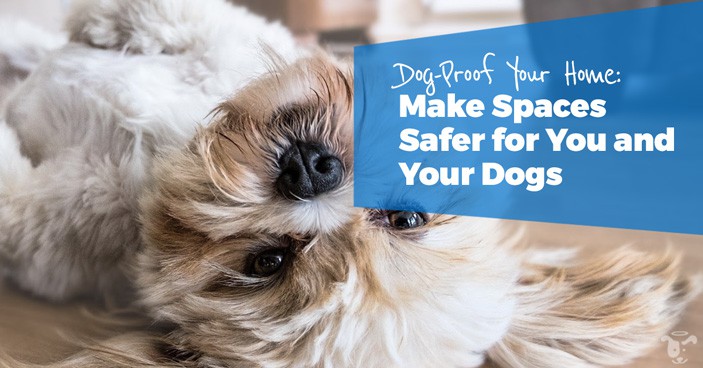
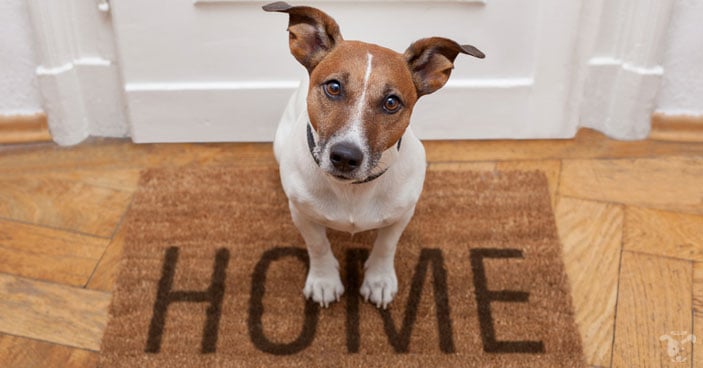
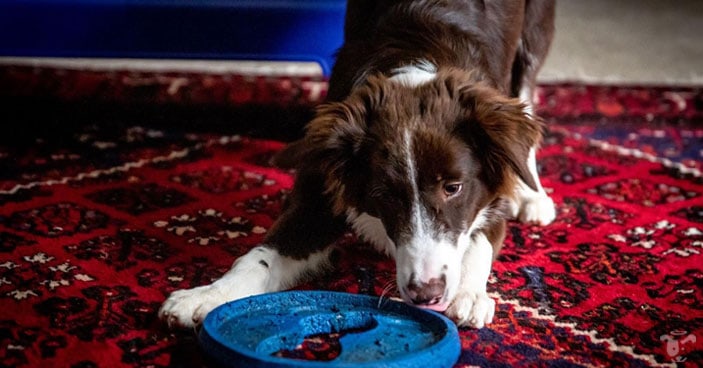
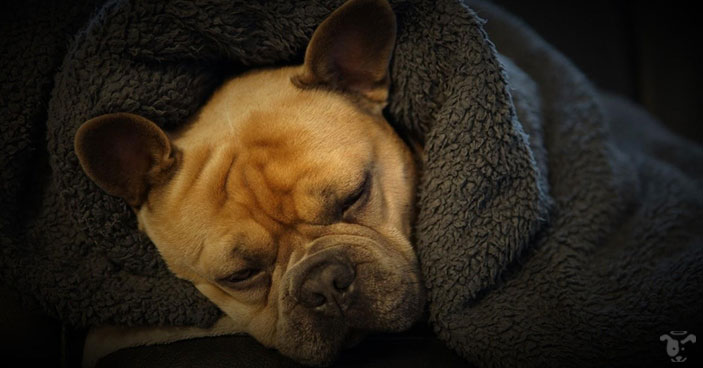
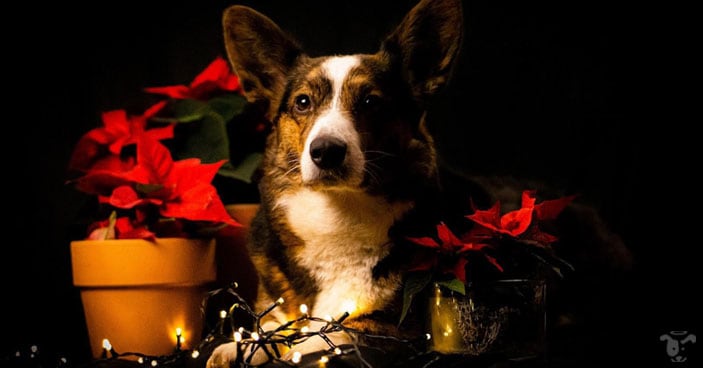
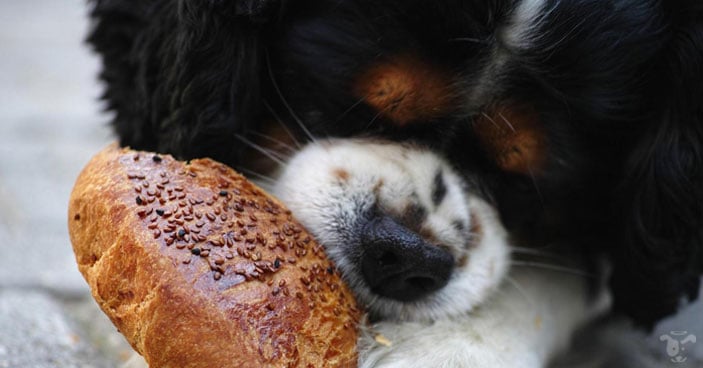
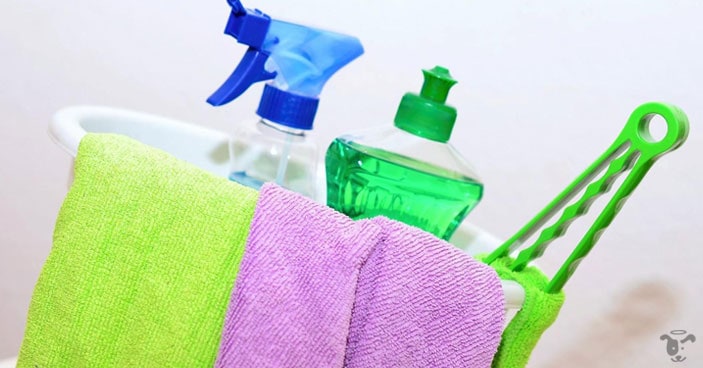
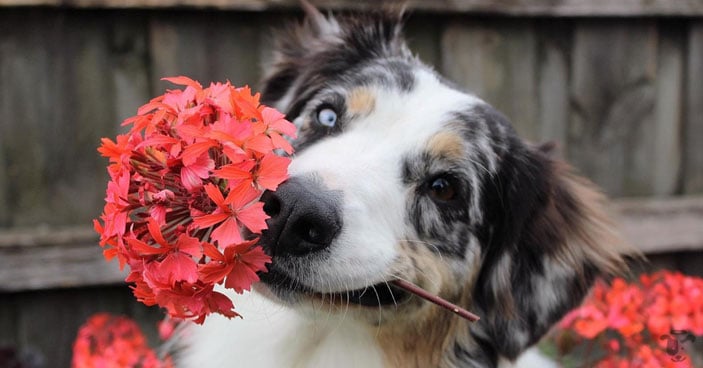
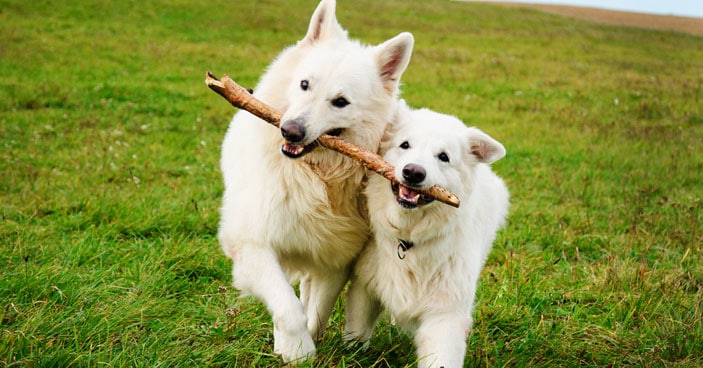






2 Responses
How can I keep my dog from getting food from off of my kit. counters? He is 100 lbs and tall enough he doesn’t have any trouble reaching, he will snatch and grab in the time it takes me to yell supper! Any info would be great!!
Hi Myra,
This may sound a little obvious but the best way to prevent your dog from stealing food off tables and benchtops is to make sure there is no food available for them to take. A dog’s instinct tells them that if food is left unattended then obviously no-one wants it and it’s free to take. Remember that dogs are opportunist, scavengers by nature and this is how they are built to survive! So even if we walk away from our food for just a few moments, that may be enough for a dog to think that the food is free to take……this can also explain why dogs will raid the rubbish bin/trash can.
Another thing you can do is teach him to stay out of the kitchen when you are in there preparing food….my website TheOnlineDogTrainer.com shows you very clearly how to achieve this…maybe take a quick look as we have a trial offer available…All the Best Doggy Dan